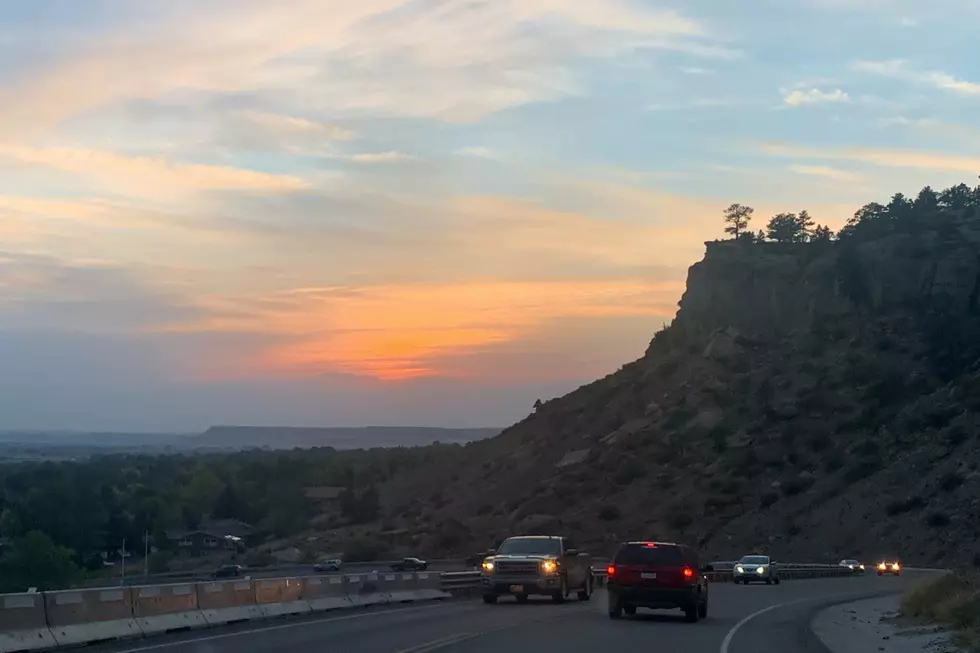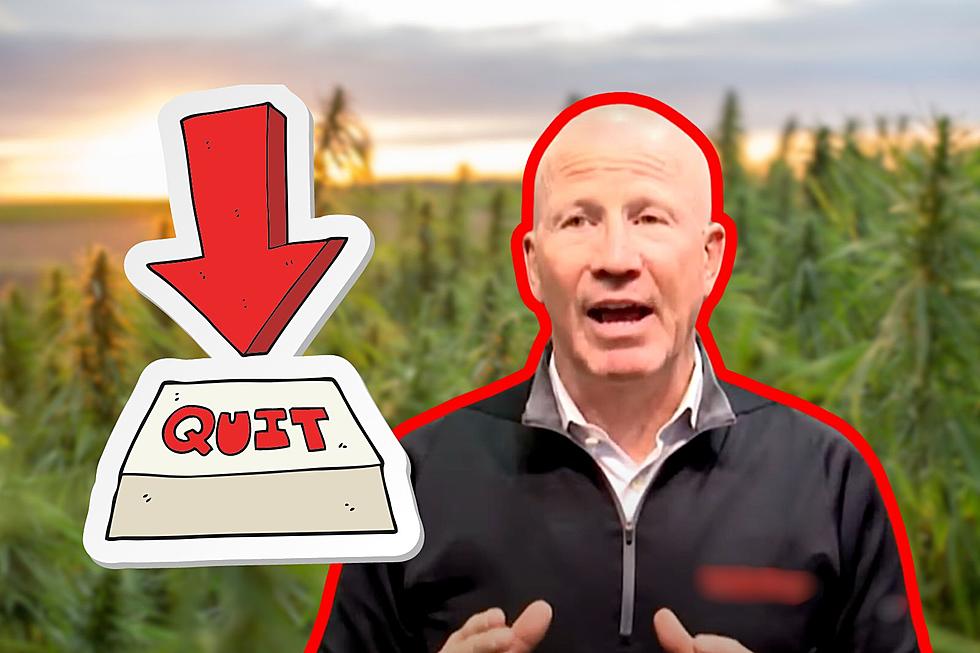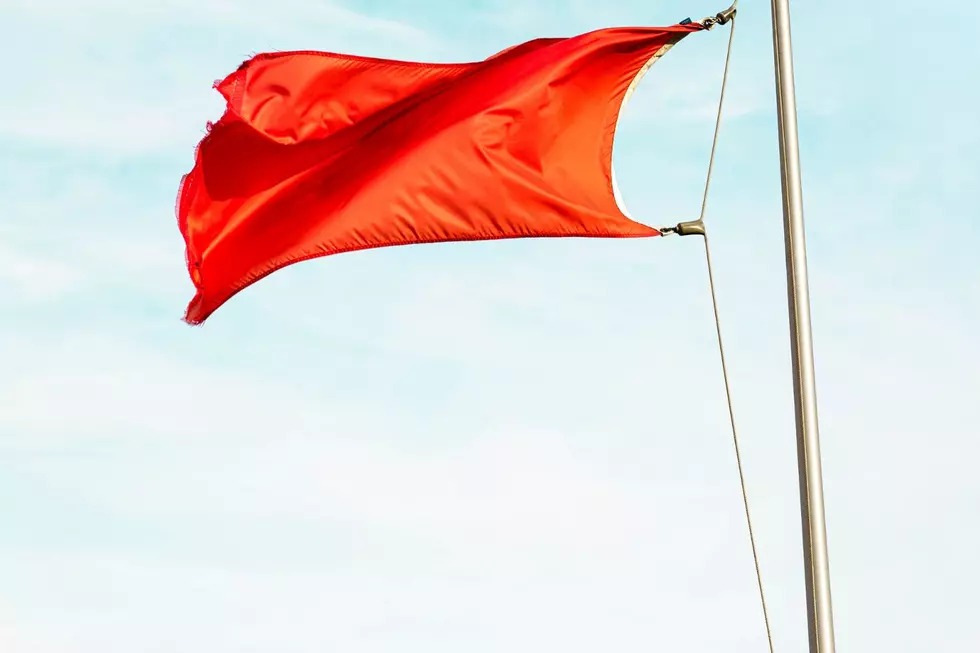
Public Closures on July 4 Should Extend to Yellowstone County (OPINION)
The closures for the Fourth of July have been announced again and this time they are justifiable. Keep in mind though, I only support the banning of fireworks, and NOT the banning of walking, bike riding, taking pictures etc. However, this year the county commissioners should act, and unless there is some significant weather change, ban fireworks county-wide. The risk is too great.
It always boggles my mind that property along the Rims has to be protected but the outlying property doesn't matter. Tens of thousands of acres of wheat, grass, and other things that people rely on for their living and business are all in jeopardy. What about the subdivisions in places like the Molt canyon or out in Emerald hills that all need to be protected? The fireworks stands should be shut down out of safety or leave them open but ban their use in the county.
Look, officials had no problem shutting down restaurants and bars and churches to protect people, so why is this different? I know what your thinking, but this is a special circumstance where people must use common sense. People can still have picnics, swim, barbecue on the grill--do everything they normally do--but not the fireworks. The point is this is NOT a complete shutdown of all the celebratory things on the Fourth. Just the most dangerous part of the celebration in these volatile months.
Fire departments are going to be stretched thin if this current weather pattern continues anyway, and we have the power to help if we decide to. If it matters so much that we don't allow them in the city, then don't throw the people outside of it under the bus, where we don't have access to fire suppression only 5 minutes away. Stay safe and see ya tomorrow at 5.
PHOTOS: 2021 Robertson Draw Fire Near Red Lodge, Montana
LOOK: The most expensive weather and climate disasters in recent decades
More From 103.7 The Hawk






